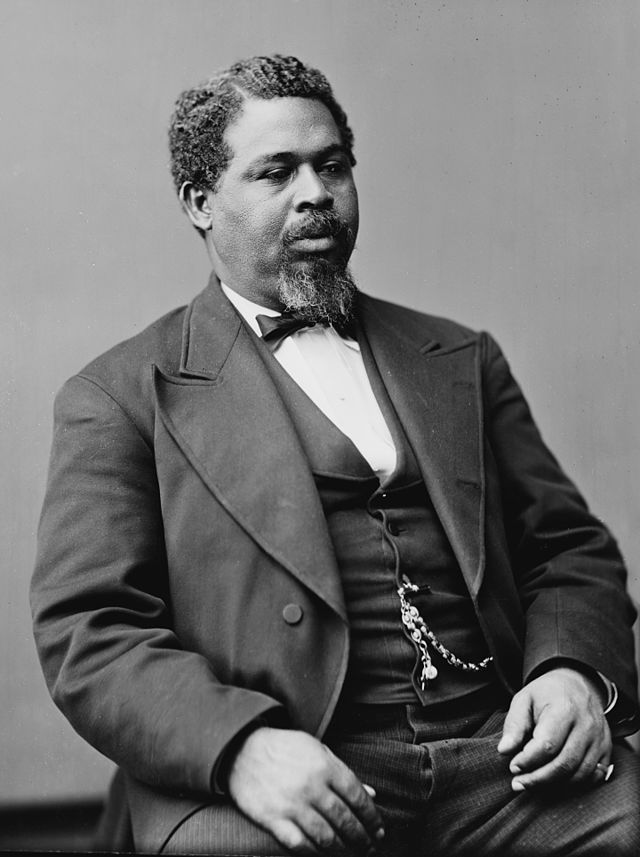In the wake of this 2024 U.S. presidential election, I feel called to write a post about civic education. We have a deeply polarized nation, and that’s not good. For the record I must say that as a teacher, it’s not my place to take sides. Rather, it’s my job to preserve the sacred balance by teaching our youngsters how to think, not what to think. Speaking of which, let’s start by talking about thinking.
Teaching Critical Thinking in Civic Education
We as teachers and parents MUST teach our young ones how to think critically. Yet, rather than define critical thinking, let me characterize it. The first characteristic is compassionate heart-thinking. Rudolf Steiner once said, “Reality consists of beings and their relationships.” This powerful and enigmatic statement suggests that if we want to find the truth of a thing, we have to be able to look at it from 12 different perspectives. Inevitably, that engenders compassion because everybody has a bias by nature. To overcome that bias, you have to imagine into the experience of others. Then, you can see a thing more completely.
The second characteristic of critical thinking is that it’s factual. By and large, people are extremely lazy researchers these days. I am continuously shocked by how often people form ideologically strong yet factually unfounded conclusions. During Bernie Sanders’ last presidential run, the media was running headlines like, “Bernie Sanders will raise taxes on the middle class.” While technically true, it was actually only half of a whole truth which was that he would raise their taxes to pay for a national healthcare system which would save them and most other families thousands of dollars per year, overall. A more factual headline would have been, “Bernie Sanders will save middle class families thousands on healthcare.” The media knew most people were too lazy to read the fine print, however, and thus they manipulated the electorate into half-truth thinking. (As an aside, I’m neither supporting nor criticizing his plan, just using it as an example of manipulation).
The third characteristic of critical thinking is creativity/flexibility. I often tell my students to beware of black and white conclusions. Some things are very clearly right and others very clearly wrong, like charity and murder respectively. Most deeds and people, however, are morally more colorful. Back in the 800s, Charlemagne started public education, believing even commoners should be taught to read and write. Revolutionary for the time, this equal-opportunity leader yet ordered his generals to execute thousands of Saxons who refused to convert to Christianity. Creative/Flexible thinking judges deeds, not people.
Teaching Informed Thinking in Civic Education Through Stories
There is so much talk in mainstream culture these days about overcoming prejudice of all kinds – racism, sexism, etc. I think the best medicine for these, and indeed all divisions within human society, is stories. Real human stories. Shame and guilt are shown not only not to work but to increase prejudice. True social change comes not through more judgment but through a different kind of magic: inspiration!
Here’s an example. One of my favorite African-American biographies is that of Roberts Smalls in 8th Grade American History. Smalls was a slave sailor on a confederate merchant ship during the Civil War. Yet, he not only believed in his own freedom and that of his brethren, he had the daring and cunning to pull it off. Late one night, he led a band of his enslaved peers in a harrowing theft of the ship, ferrying both his and their families to safety. Smalls captained the ship into Union hands, where the North’s soldiers welcomed him with awe and reverence. He went on to fight for them, commanding his own ship during the war. The brave warrior later served in Congress and lived an otherwise prosperous and influential life.
Excuse my language, but the story of this badass human being gives me chills to tell. It’s a story not only of black heroism but of human heroism, and it inspires every student, regardless their race and gender. That, to me, is “anti-racism” naturally accomplished through inspiration, imagination, and compassion. It is also the kind of non-divisive, humanist approach to civic education that’s going to build bridges, not cleave chasms, in society.
The human heart, and therefore the mind, is best informed through biographies. If you want your children to grow up as naturally inclusive, compassionate human beings, tell them extraordinary biographies from diverse cultures.
Courage
I would be remiss if I didn’t address the upset some people are feeling right now. To this I can say the following. When I am uncertain, I always fall back on my spirituality. I have noticed in recent years that those who have a spirituality weather the challenges far more sanely than those who do not. Inevitably, the world will disappoint each of us at some point. What we do with that makes or breaks our character.
So, I will leave everybody, whether Right and Left, with this verse from Rudolf Steiner:
We must eradicate from the soul
all fear and terror of what
comes towards man
out of the future.We must acquire serenity
in all feelings and sensations
about the future.We must look forward
with absolute equanimity
to everything that may come.
And we must think only that
whatever comes is given to us
by a world-directive
full of wisdom.
Be well, my people. I believe it’s all going to be alright.


Leave a Reply
You must be logged in to post a comment.